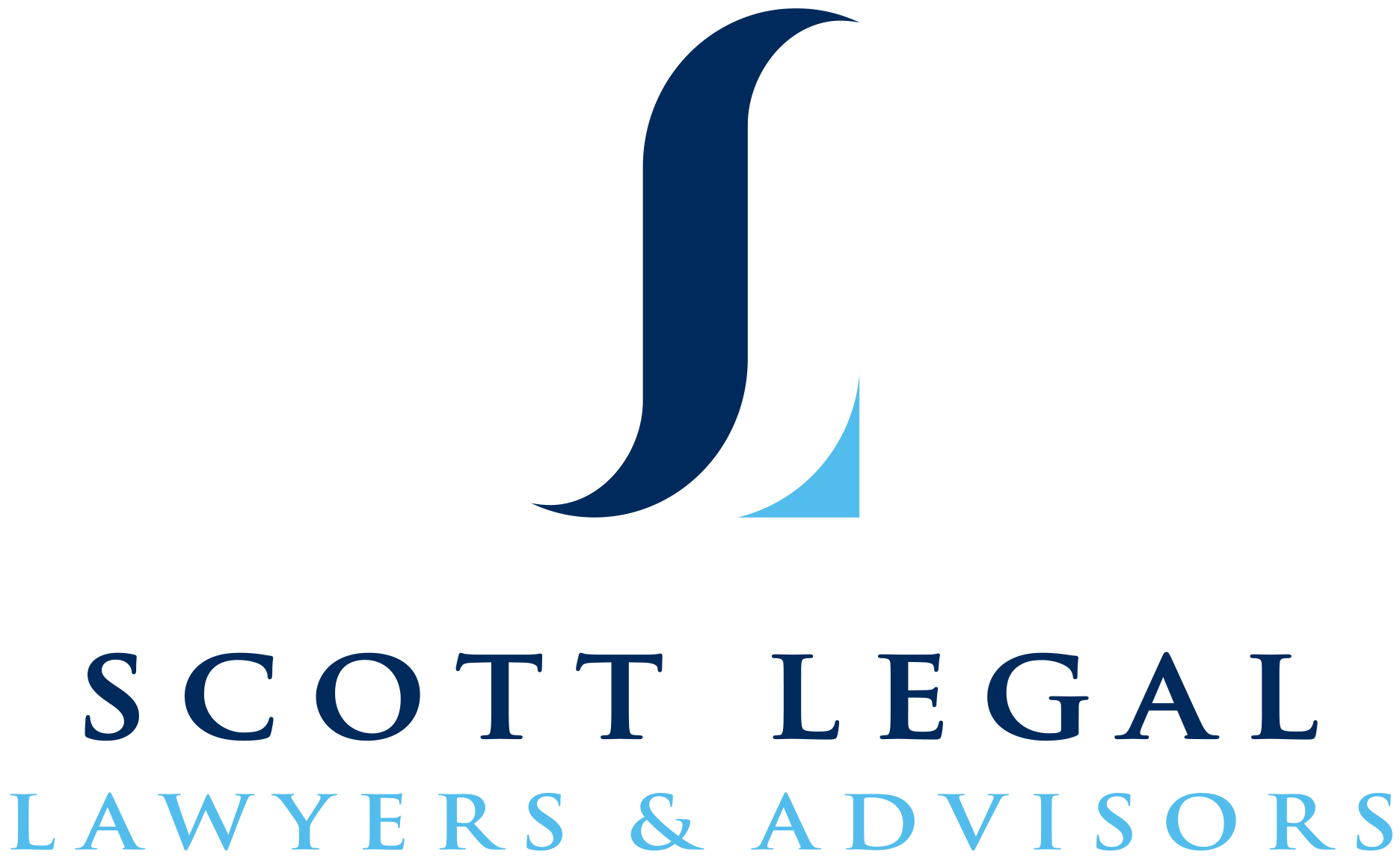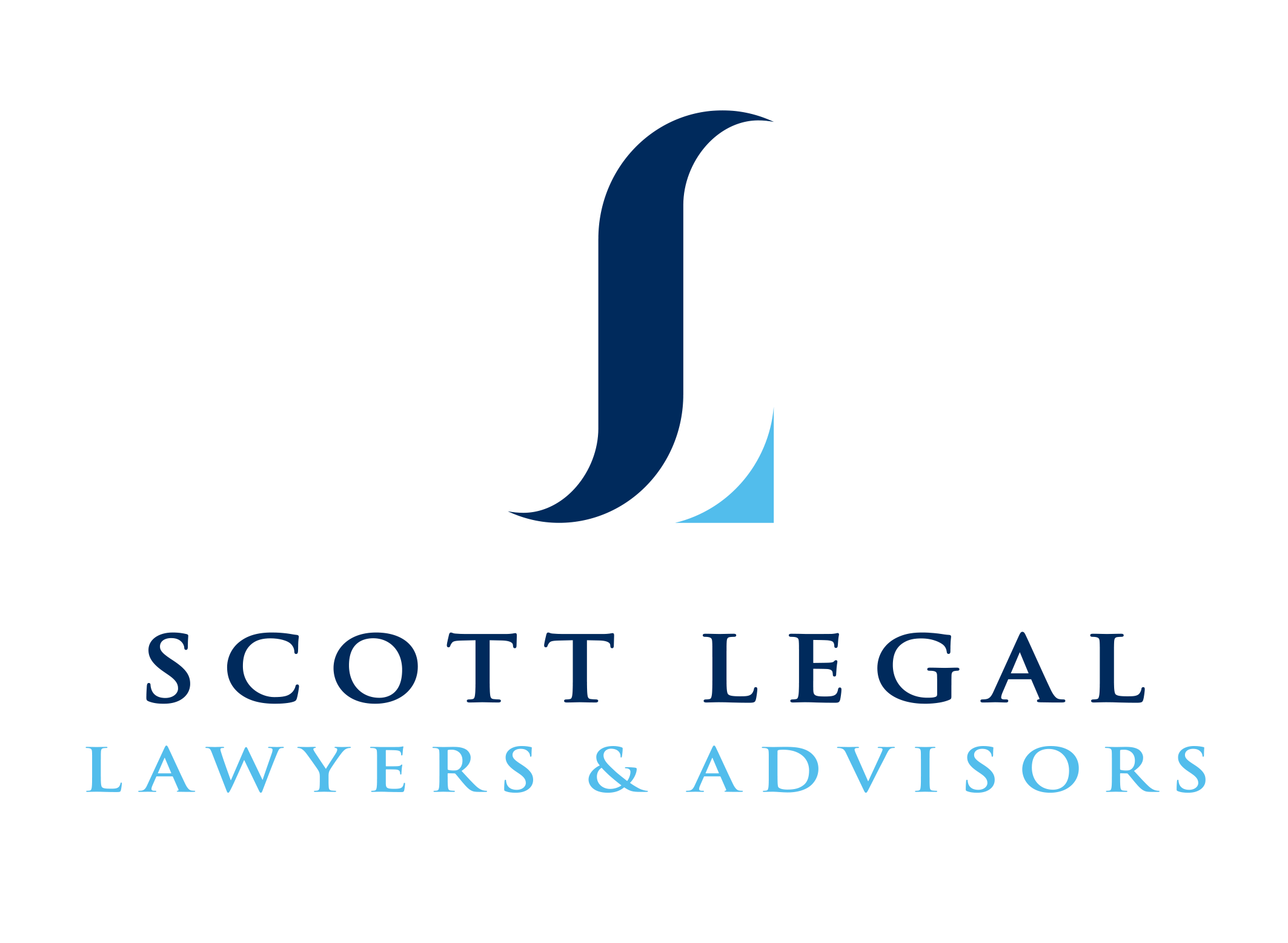The National Cabinet Mandatory Code of Conduct (the Code) was an interim guide only for landlords and tenants during COVID-19. On 1 May 2020, the Victorian Government passed legislation which replaces the Code. From 29 March 2020 to 29 September 2020, the COVID-19 Omnibus (Emergency Measures) (Commercial Leases and Licences) Regulations 2020 (the Regulations) will operate (Regulation Period).
We outline here the Regulations’ application. If you have any specific concerns or questions, please do not hesitate to contact our office to discuss.
To whom do the Regulations apply
Like the Code, the Regulations are only available for ‘eligible leases’, being:
- Leases which are retail leases under the Retail Leases Act 2003, commercial leases and licences for the predominant purpose of carrying on a business at the premises (but not agricultural leases);
- Leases in effect on 29 March 2020;
- Tenants which are small to medium enterprise (in general terms, the annual turnover is less than $50m); and
- Tenants who qualify under and participate in the JobKeeper scheme
Activation of access to the Regulations
Any request for relief by a tenant must be made in writing to the landlord, including the following statements:
- It is an eligible lease;
- The tenant is a small to medium enterprise;
- The tenant qualifies for and participates in the JobKeeper scheme.
The landlord must respond to the tenant’s request within 14 days, taking into account:
- The reduction in the tenant’s turnover associated with the premises;
- Any waiver given by the landlord;
- If rent relief was not given, would the tenant’s solvency be effected;
- The landlord’s financial capacity to offer rent relief; and
- Reduction of any outgoings, if the tenant is not able to operate from the premises.
The Regulations do not say what financial information should be provided to ascertain the tenant’s reduction in turnover – the Victorian Small Business Commission (VSBC) will provide guidelines shortly. It is likely that the relevant information will be on a case-by-case basis. Any information provided by tenants for this purpose must be kept confidential.
However, the rent relief does not necessarily have to be reflected by or directly proportionate to the reduction in turnover. The tenant’s downturn in revenue is not the sole consideration.
The landlord’s financial position may also be taken into account. Whilst the landlord is not compelled to seek relief from its lender (such as deferral of loan repayments during the Regulation Period), this may ultimately be a consideration if there is a dispute regarding rent relief.
The rent relief should be based on all the circumstances. This is quite broad and may take into account the treatment of a tenant which was not actually required to close but elected to do so (for example a business which closed for health and safety concerns and it was uneconomical to open its doors, such as a café which could have continued to trade as a takeaway service or made other changes such as reducing trading hours to manage the
effect). Whereas a tenant which was required to close under the Government restrictions, such as a beauty salon or a gym, which has completely lost its revenue will presumably have greater access to rent relief. However, the different between how the rent relief is ultimate applied between a business which was compelled to close versus one that wasn’t remains to be seen.
Once the landlord provides its offer, the tenant and the landlord must act reasonably and negotiate in good faith to attempt to agree on the rent relief. Any agreement for rent relief must be formally documented. It is insufficient to merely express an agreement by way of email or letter.
If there is a material change to the tenant’s turnover once an agreement is entered into for rent relief during the Regulation Period, the tenant can make a further request for rent relief. The process for request for rent relief is then repeated.
Relief available under the Regulations
Rent relief means relief to a tenant under a lease to pay rent, including a waiver, reduction, remission or deferral of rent during the Regulation Period and a reasonable recovery period. It is unclear what constitutes a ‘reasonable recovery period’.
Landlords and tenants can be quite flexible and creative in the form of rent relief.
The relief given to the tenant can be up to 100% of the rent payable under the lease. At least 50% of the rent relief offered must be in the form of a waiver unless otherwise agreed. For example, if the rent relief is 40% of the rent, 20% of that rent relief must be a waiver of rent payments.
In the case of deferred rent, the term should be extended equivalent to the period that the deferred rent applies.
The deferred rent repayments must be deferred until after the Regulation Period and amortised over the greater of:
-
- The balance of the term (including the extension)
- 24 months
If there is less than 24 months left to run (including any extension of the term), the deferred payments may continue to be paid after expiry of the lease.
Rent increases are prohibited during the Regulation Period.
Landlords cannot terminate leases for closing or a reducing in trading hours during the Regulation Period.
Civil penalties may be imposed against any landlord which terminates a lease, takes back possession, claims against a security bond, applies penalties (including interest) or attempts to impose trading hours requirements during the Regulation Period. These penalties apply retrospectively to 29 March 2020.
Failure to agree between landlord and tenant
If the parties fail to agree on the rent relief, either the landlord or tenant may refer it to the VSBC. The VSBC is highly experienced in assisting with these types of matters. It is a free service (other than your own legal representation costs).
Except in the case of injunction proceedings, the parties cannot commence a legal proceeding unless the VSBC has certified that mediation has failed.
If the matter is not resolved having gone through the VSBC process, either party may initiate a proceeding in VCAT or a court of competent jurisdiction. In VCAT, you cannot recover your costs against the other party.
It is expected that the VSBC will be particularly busy with an influx of these matters. There is likely to be delays in the VSBC process.
Conclusion
The Regulations do not provide a formula to calculate the rent relief which must be applied, which has pros and cons. The pro is that tenants and landlords are given flexibility to work out the rent relief themselves, provided that one or both parties conduct negotiations in good faith, understand each other’s positions and have capacity for compromise. The negative is that the outcome is unknown; if the parties cannot agree, it could be a drawn out negotiation to reach resolution or have the outcome imposed by VCAT or a court and in the meantime the parties have additional financial pressure and are unable to plan accordingly.
In summary:
- Tenants should ensure they activate their rights under the Regulations correctly.
- Landlords must respond within 14 days to any proper request from their tenants.
- Both parties should act in good faith to come to an agreement regarding rent relief.
Scott Legal can assist landlords and tenants with guidance, negotiation and drafting agreements to vary leases.
This article contains comments of a general nature and is not intended to be relied upon. No responsibility will be accepted by the author for any loss arising from reliance on this article. Legal advice should be sought in respect to your specific circumstances.
Liability limited by a scheme approved under Professional Standards Legislation.
© Scott Legal




